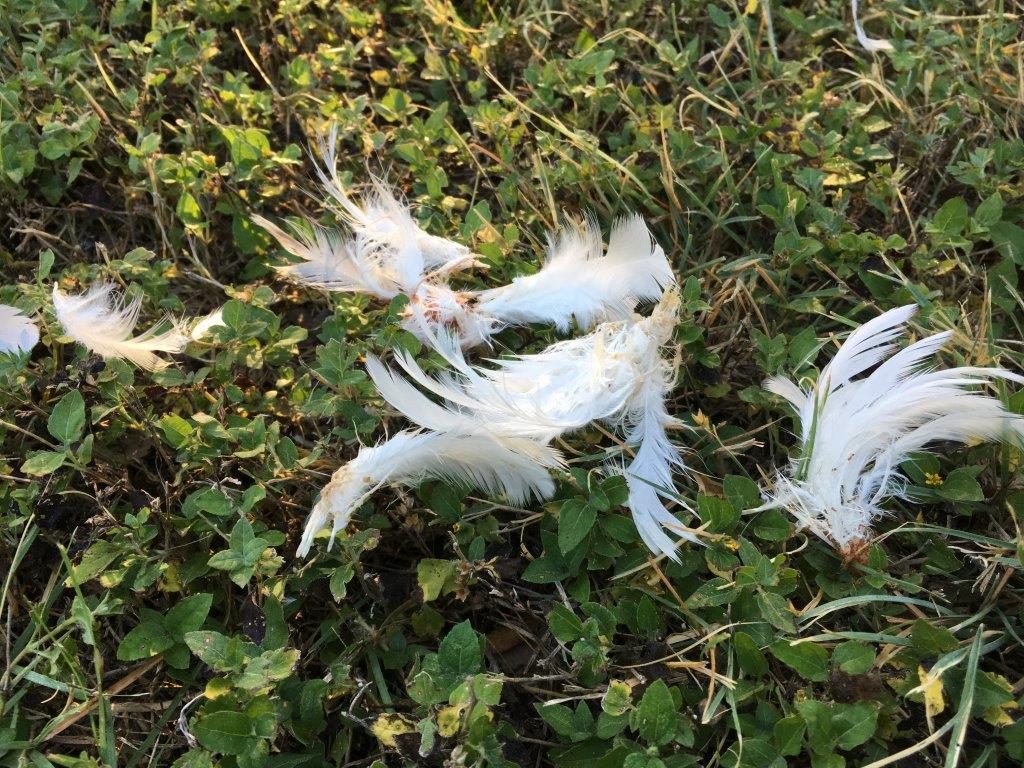Been looking around online for some good starting points for our greywater system at the Homestead. For now, all we have is a 2″ PVC pipe poking out of the foundation.
Some ideas I’ve looked into are:
- Greywater pond – apparently not a good idea since it would require a good deal of filtering
- Greywater irrigation – using greywater to water plants unaffected by low quality water
Obviously, we’re going with the second option, but where to start?
I found a cool website – https://greywateraction.org/greywater-reuse/ – and really liked their basic guidelines:
Greywater is different from fresh water and requires different guidelines for it to be reused.
- Don’t store greywater (more than 24 hours). If you store greywater the nutrients in it will start to break down, creating bad odors.
- Minimize contact with greywater. Greywater could potentially contain a pathogen if an infected person’s feces got into the water, so your system should be designed for the water to soak into the ground and not be available for people or animals to drink.
- Infiltrate greywater into the ground, don’t allow it to pool up or run off (knowing how well water drains into your soil (or the soil percolation rate of your soil) will help with proper design. Pooling greywater can provide mosquito breeding grounds, as well as a place for human contact with greywater.
- Keep your system as simple as possible, avoid pumps, avoid filters that need upkeep. Simple systems last longer, require less maintenance, require less energy and cost less money.
- Install a 3-way valve for easy switching between the greywater system and the sewer/septic.
- Match the amount of greywater your plants will receive with their irrigation needs.
I especially liked the “no pumps” and saving money part.
The site mentions a Branched Drain Model, which is I think where we’re heading:
The branched drain system was also invented by Art Ludwig. Greywater in this system flows through standard (1 1/2″ size) drainage pipe, by gravity, always sloping downward at 2% slope, or 1/4 inch drop for every foot traveled horizontally, and the water is divided up into smaller and smaller quantities using a plumbing fitting that splits the flow. The final outlet of each branch flows into a mulched basin, usually to irrigate the root zone of trees or other large perennials. Branched drain systems are time consuming to install, but once finished require very little maintenance and work well for the long term.
More details here.
Next step will be to decide where to put the fruit trees.

